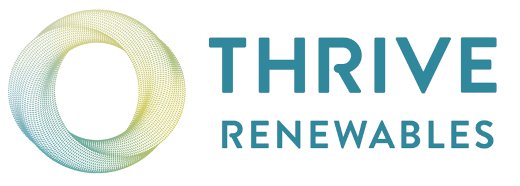
On September 28th, the Norwegian government presented a proposal to increase the tax burden on the aquaculture, wind power and hydropower industries. The changes involve, among other things, the introduction of resource rent tax on aquaculture and wind power, as well as tightening of the resource rent tax on hydropower. The highlights of the measures are:
- Resource rent tax
– Hydropower: Increased from 37% to 45%, effective from the 2022 financial year and applicable to power plants with a capacity of at least 1 MW, thus exempting small hydropower plants
Estimated annual revenues from measure: $1 billion
– Onshore wind: Introduced an effective tax rate of 40% for new plants that have more than 5 turbines or an installed capacity of 1 MW, effective January 1st, 2023. Included with corporation tax and deductions, the formal resource rent tax rate will be set at 51.3%. Income from the sale of guarantees of origin and electricity certificates is also included in the tax base.
Exemption: Power output sold through fixed-price agreements entered into before September 28th, 2022. In such cases, the power production is valued at the contract price.
Estimated annual revenues from measure: $232 million
- Natural resource tax and Production tax
– Onshore wind: Natural resource tax set at $1.2/MWh; Increase in Production tax from $0.9/MWh to $1.9/MWh. Both taxes to be deductible in the fixed Resource rent tax
- High-price contribution:
– Hydropower & Onshore wind: A tax rate of 23% proposed on all output sold at a price greater than $65/MWh from onshore wind and hydropower installations. The tax will be effective from September 28th, 2022 for all hydropower plants subject to the Resource rent tax, and from January 1st, 2023 for wind power plants. The High-price contribution will not be deductible in either the corporate tax, the Resource rent tax or the Property tax
Hydropower installations subject to both the Resource rent tax and High-price contributions will face an estimated overall marginal tax rate of 90%.
Rationale
Prime Minister Jonas Gahr Støre has cited spiralling electricity prices in the country and the significant cost declines observed in onshore wind power installations as the primary reasons for the measures, claiming that they would help “protect welfare for all” in Norwegian society.
However, a deeper dive into the rationale for the policies points to several other factors in play, such as the government’s efforts to curb inflation by reducing its drawdowns from the country’s $1.2 trillion oil fund. The drawdowns are primarily focused on subsidies to protect households and businesses from high electricity prices, amid Europe’s energy crisis. This year, the Norwegian government raised the subsidy amount for electricity bills to ~$1 billion, which will be deployed towards covering 90% of the power billed at a prices of more than $65/MWh, capped at a total monthly consumption of 5MWh per payout.
The tax increases should raise a third of the $9 billion of cost increases estimated for the Norwegian government in 2023, driven primarily by commitments to welfare payments, integration of Ukrainian refugees, construction projects and electricity subsidies. Interestingly, the government has opposed the idea of imposing price caps in response to spiralling electricity costs, despite several calls to do so from certain political parties and sections of the general population. Reasons cited for the stance include complications with resulting power rationing and financial distress to power producers and utilities.
Reactions from the industry
Cloudberry Clean Energy CEO, Anders Lenborg, stated that the measures are surprising and significant, and will “represent a real challenge for the industry”. Meanwhile, a spokesperson for Norwegian wind industry body NORWEA stated that “many existing wind farms have had high investment costs and sell the power on long contracts at moderate prices. These parks do not collect ground rent, and therefore should not be taxed as if they do”. The spokesperson goes on to add, however, that “provided that the new taxes are designed so that the host municipalities are assured of good and predictable income, they can increase the acceptance of new wind power”.
The above analysis is proprietary to Enerdatics’ energy analytics team, based on the current understanding of the available data. The information is subject to change and should not be taken to constitute professional advice or a recommendation.
Click to know more about Enerdatics' Renewable Energy M&A, Finance, PPA, and Projects databases.


.png)
